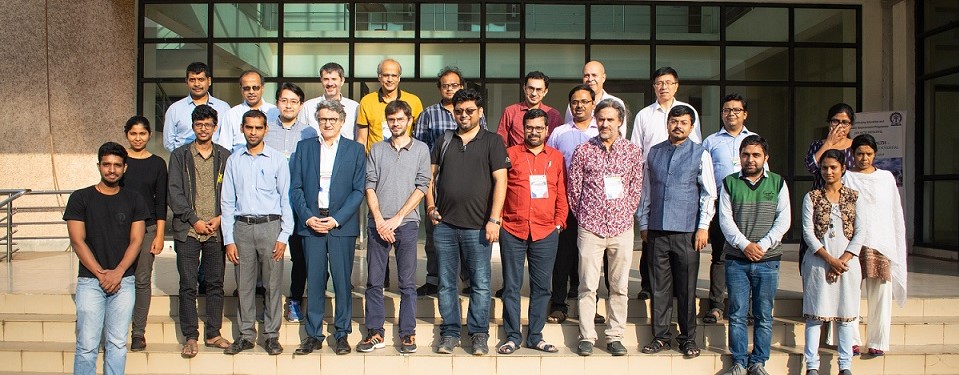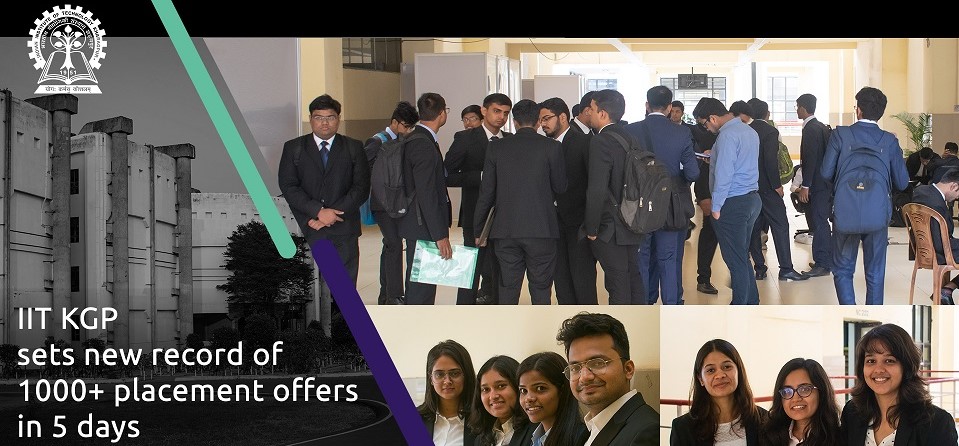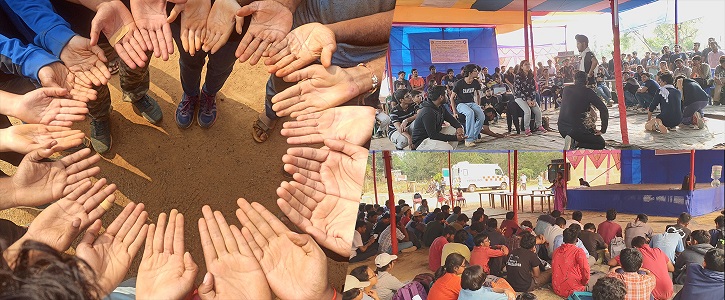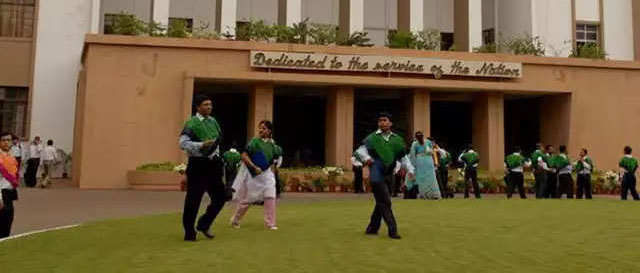
Exploring EHD
Contributor: Prof. Anandaroop Bhattacharya, Dept. of Mechanical Engineering, IIT Kharagpur The last week of November saw sixteen eminent researchers from leading universities in France and India congregate at IIT Kharagpur to join four of our own colleagues with a common objective of knowledge sharing and what followed was three days of "fluid" interactions and "charged up" ideas among this "microcosm" of professionals from mechanical, chemical, electrical engineering, applied physics and medical science disciplines. This Indo-French workshop on "Recent Advances in ElectroHydroDynamics (EHD) - applications in microfluidics" was organized at IIT Kharagpur during 27-29 November 2019. About ElectroHydroDynamics (EHD) EHD, strictly…




